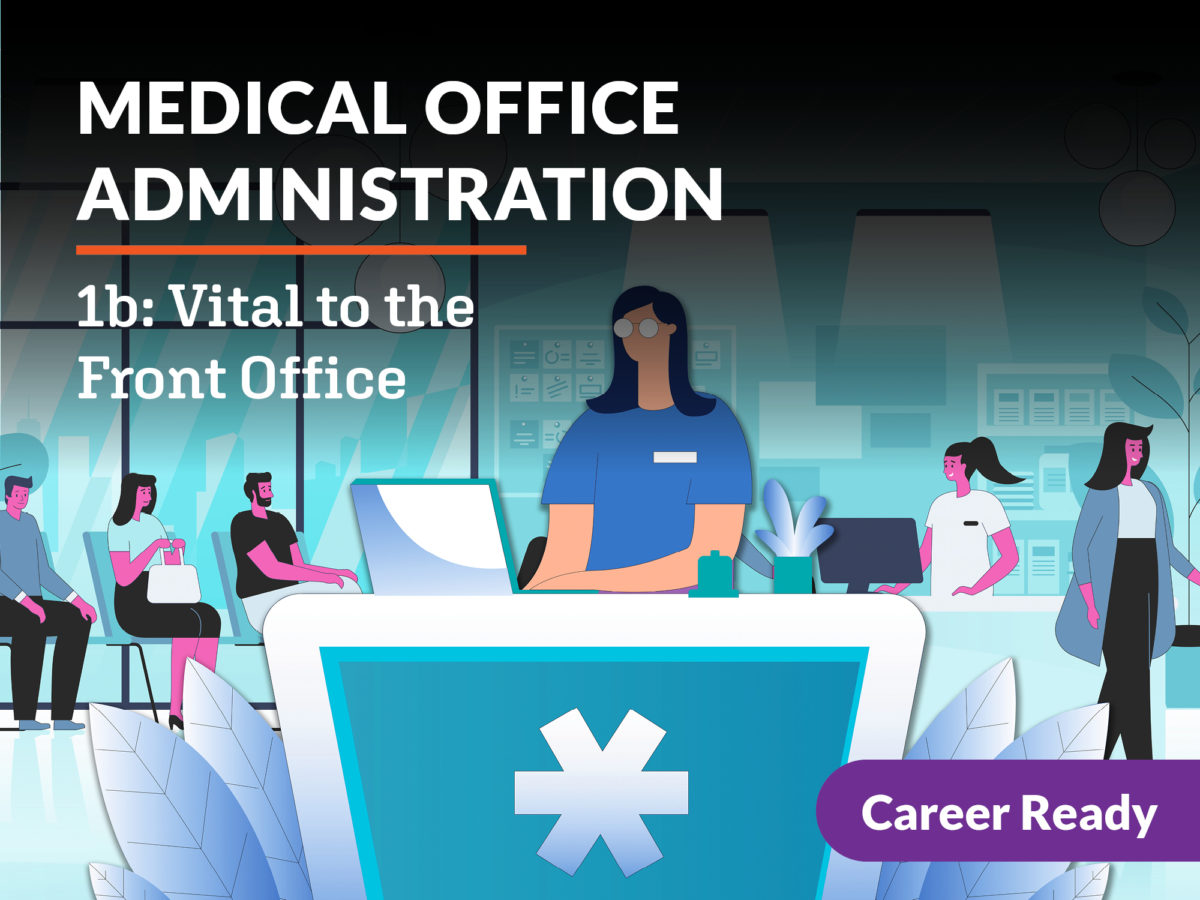Just how to Begin a Successful Job in Medical Administration: A Novice's Guide
Just how to Begin a Successful Job in Medical Administration: A Novice's Guide
Blog Article
Ideal Practices in Medical Management for Improving Efficiency and Decreasing Expenses
In the ever-evolving landscape of health care, the quest of finest practices in medical administration is vital for enhancing effectiveness and curbing expenses. By incorporating innovative technologies such as digital wellness documents and telemedicine, health care companies can streamline procedures and enhance individual care. Innovation alone is not a panacea; optimizing source allotment and cultivating collective interaction amongst treatment groups are just as critical. As companies make every effort to balance top quality and cost, what approaches should be prioritized to accomplish these double goals? The answers to these questions hold the key to a much more sustainable medical care system.
Leveraging Advanced Innovation
In today's rapidly progressing health care landscape, leveraging advanced technology is no more optional but necessary for effective medical management. The combination of electronic options into health care systems has actually transformed the means centers run, improving processes and enhancing person treatment. Electronic Health And Wellness Records (EHRs) are essential, giving thorough individual information that can be accessed promptly by accredited personnel, hence lowering redundancy and minimizing mistakes. By streamlining client information, EHRs remove the demand for troublesome paperwork and promote seamless interaction among health care companies.
Telemedicine is an additional technological advancement that has actually transformed patient communication. It provides convenience for both people and health care specialists by allowing remote consultations, which can lower the requirement for in-person gos to and enhance consultation scheduling. In addition, telehealth platforms can prolong medical care access to country or underserved areas, connecting voids in treatment distribution.
Additionally, the usage of Artificial Intelligence (AI) and artificial intelligence is ending up being increasingly common in anticipating analytics, enabling very early detection of prospective wellness issues and even more educated decision-making. These modern technologies, when integrated efficiently, can boost analysis accuracy and customize person treatment plans, inevitably leading to improved health care results and functional efficiency.
Optimizing Resource Allowance
By purposefully taking care of sources such as workers, tools, and funds, medical care centers can substantially improve their operational efficiency, boost individual results, and lower unneeded expenditures. The first action in maximizing resource allowance includes conducting a detailed evaluation of existing possessions and determining locations where sources might be underutilized or exhausted.
Focusing on source allowance based on patient demands and service needs is important. Executing flexible staffing models can likewise maximize labor sources by adjusting employees appropriation in action to changing individual quantities.
Financial resources need to be thoroughly monitored and assigned with critical insight to support both short-term operational requirements and long-term institutional objectives. This consists of investing in training programs that boost staff competencies and embracing energy-efficient methods that minimize functional expenses (medical administration). Eventually, a maximized source allocation technique promotes a sustainable health care atmosphere that is responsive, efficient, and economically sensible
Streamlining Process Procedures
When medical care centers purpose to boost functional efficiency, streamlining workflow processes becomes a pivotal emphasis. Reliable operations lessen redundancy, get rid of unnecessary steps, and boost sychronisation amongst medical care specialists. This method not just increases service delivery but also enhances the top quality of person care.

Next, innovation integration plays a substantial role in enhancing workflows. Carrying out digital health documents (EHRs) and computerized doctor order entry (CPOE) systems decreases documentation, minimizes human error, and makes certain web link information comes to all pertinent workers. Furthermore, leveraging telemedicine systems can simplify client examinations and follow-ups, lowering the strain on physical facilities.

Inevitably, structured operations bring about cost decreases and boosted individual satisfaction, fostering an extra lasting medical care atmosphere.
Enhancing Data Administration
Building upon streamlined operations, maximizing information administration ends up being an important component ahead of time healthcare management. Reliable information monitoring systems are essential for maintaining exact individual records, improving decision-making, and ensuring conformity with regulative standards. By implementing durable data management remedies, healthcare centers can enhance the quality of patient treatment while at the same time decreasing operational costs.
One key element of enhancing information administration is the integration of innovative digital health document (EHR) systems. These systems help with the smooth exchange of client information throughout different divisions, minimizing duplication of examinations and reducing mistakes. A well-designed EHR system sustains data analytics, allowing doctor to determine trends and make educated decisions relating to client treatment.
Moreover, securing patient data is extremely important. Taking on extensive cybersecurity actions, including file encryption and normal audits, guarantees the honesty and confidentiality of sensitive info. This not just protects clients yet also preserves the organization's online reputation.
Investing in personnel training is an additional crucial variable. Educating health care experts on information monitoring practices enhances their capability to successfully use innovation, bring about improved patient outcomes. To conclude, improving information administration with innovative technology and extensive training is vital for accomplishing effectiveness and expense reduction in medical administration.
Fostering Collaborative Communication
A vital part ahead of time clinical management is promoting joint interaction amongst health care experts. Efficient read this article interaction is extremely important for making certain smooth individual care, enhancing treatment end results, and minimizing mistakes. By urging open discussion and control throughout multidisciplinary teams, healthcare companies can boost their operational efficiency and decrease unnecessary expenses.
Central to this strategy is the combination of interaction technologies such as digital health and wellness records (EHRs) and secure messaging systems, which assist in the quick exchange of vital client details. These tools enable healthcare companies to access and share information in genuine time, guaranteeing that all team members are educated and lined up in their decision-making procedures. Normal team conferences and interdisciplinary rounds can even more advertise a culture of cooperation and responsibility.
Educating programs concentrated on enhancing communication skills are additionally vital. These programs can help team establish the capacity to communicate info plainly and pay attention actively, therefore minimizing misconceptions and fostering an encouraging work setting. Furthermore, embracing standard communication procedures, such as SBAR (Scenario, Background, Assessment, Suggestion), can improve the exchange of details, guaranteeing that critical details are communicated succinctly and properly. Ultimately, promoting joint interaction leads to enhanced health care distribution and cost savings (medical administration).

Conclusion
Incorporating innovative technology, such as electronic health records and telemedicine, alongside optimized source allocation and structured process processes, is crucial for improving effectiveness in medical administration. Effective information monitoring and cultivating collective communication among healthcare teams are crucial for minimizing redundancies and improving treatment high quality. By prioritizing preventive care and taking part in high quality enhancement initiatives, healthcare companies can attain considerable cost financial savings and boosted individual results, thereby making certain sustainable medical care distribution in a significantly complicated atmosphere.
Report this page